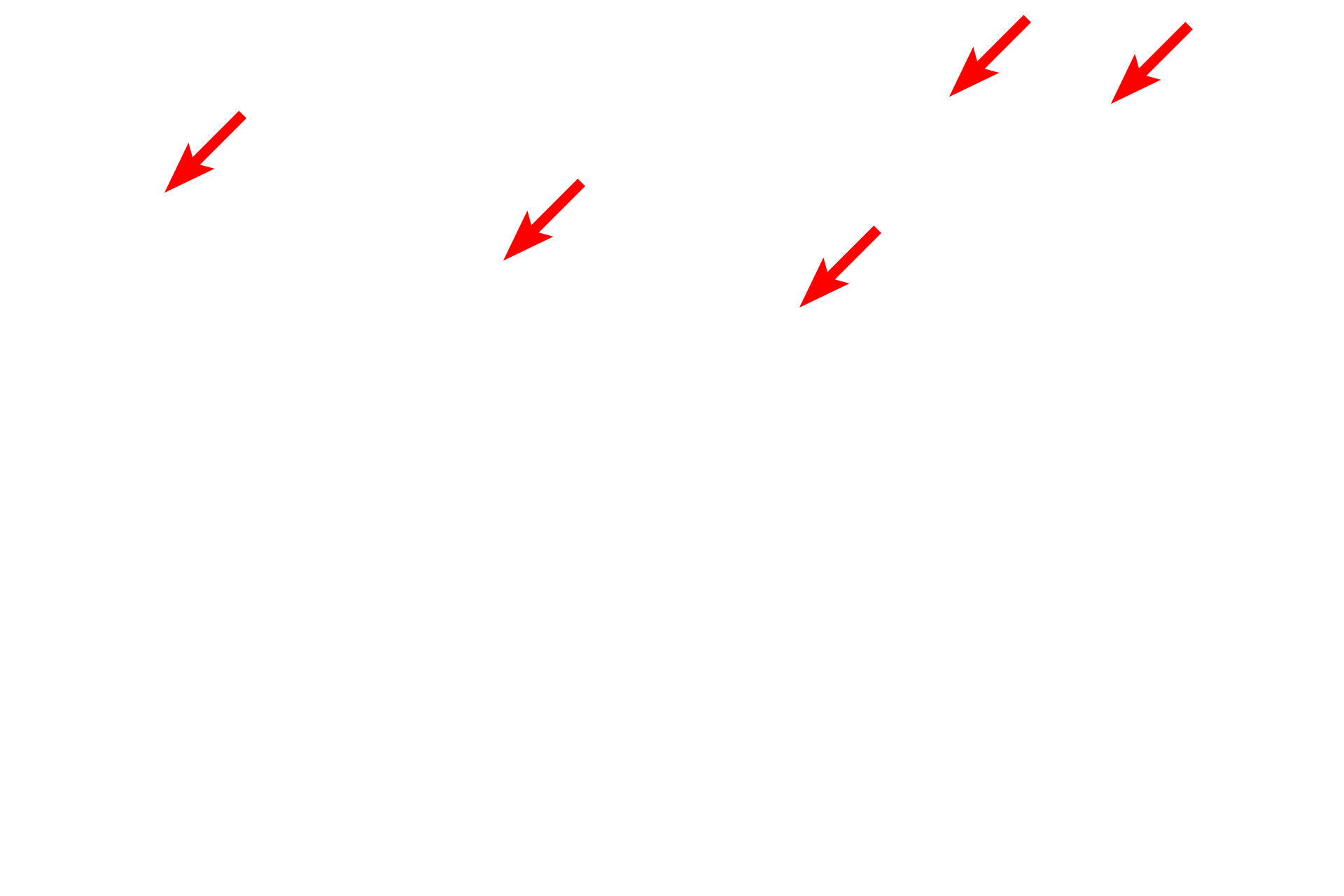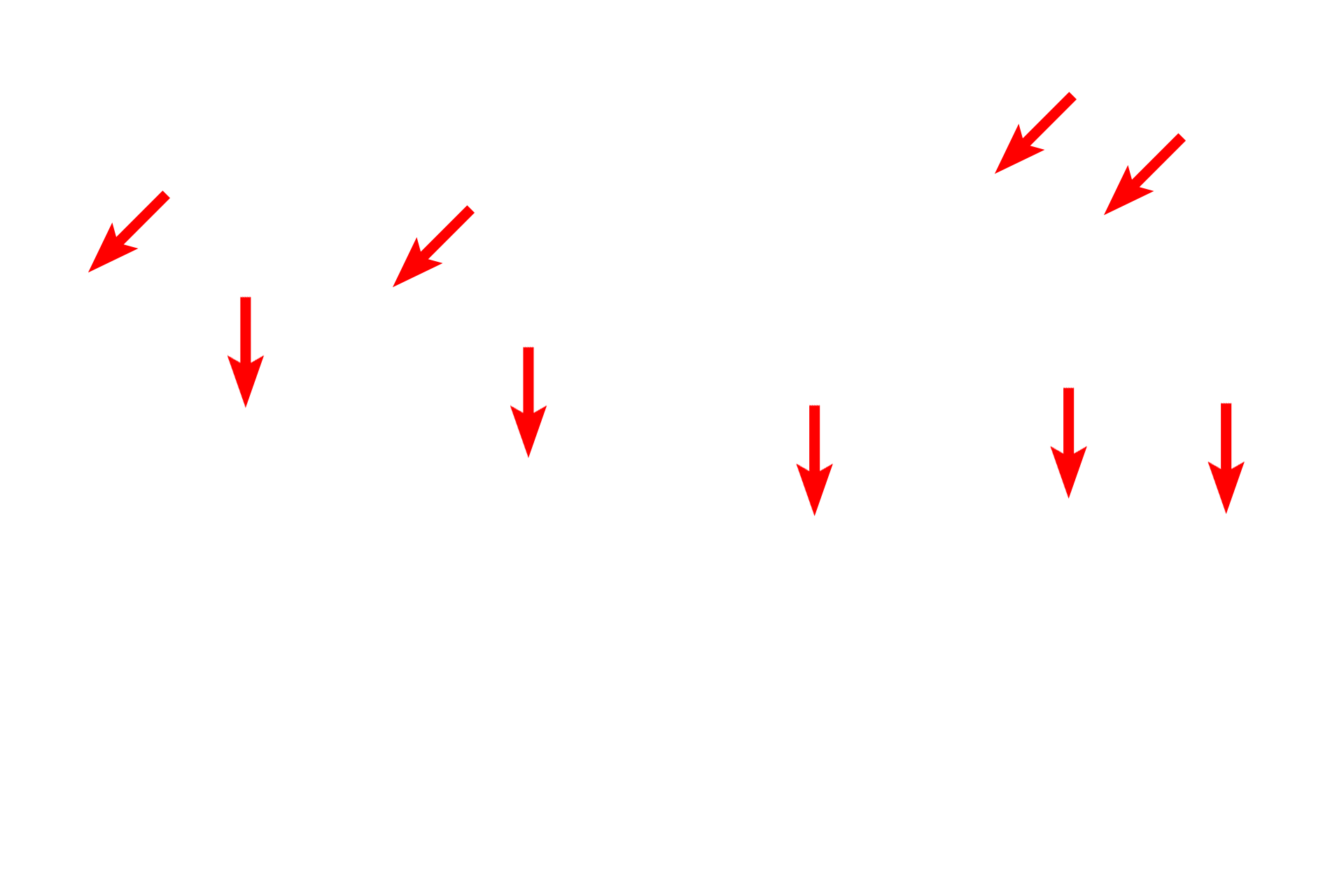
Microvilli
Microvilli are short (less than one micron), non-motile extensions of the apical plasma membrane that collectively form the brush border. Microvilli greatly increase surface area, and, thus, are commonly found on epithelia with absorptive functions. These microvilli possess a glycocalyx, consisting of the carbohydrate groups of membrane glycoproteins and glycolipids that extend into the lumen. Small intestine 10,000x, 25,000x

Microvilli
Microvilli are short (less than one micron), non-motile extensions of the apical plasma membrane that collectively form the brush border. Microvilli greatly increase surface area, and, thus, are commonly found on epithelia with absorptive functions. These microvilli possess a glycocalyx, consisting of the carbohydrate groups of membrane glycoproteins and glycolipids that extend into the lumen. Small intestine 10,000x, 25,000x

- Microfilaments >
Each microvillus is supported by a core of microfilaments that extend down into the apical region of the cell and contact the terminal web. The terminal web is composed of a meshwork of microfilaments and microfilament bundles. The terminal web serves to stabilize the apical cell surface as well as anchor and support the microvilli.

Terminal web
Each microvillus is supported by a core of microfilaments that extend down into the apical region of the cell and contact the terminal web. The terminal web is composed of a meshwork of microfilaments and microfilament bundles. The terminal web serves to stabilize the apical cell surface as well as anchor and support the microvilli.

- Bundles of microfilaments
Each microvillus is supported by a core of microfilaments that extend down into the apical region of the cell and contact the terminal web. The terminal web is composed of a meshwork of microfilaments and microfilament bundles. The terminal web serves to stabilize the apical cell surface as well as anchor and support the microvilli.

Glycocalyx >
The glycocalyx consists of the carbohydrate groups of membrane glycoproteins and glycolipids that extend into the lumen. In the small intestine the glycocalyx serves to retain digestive enzymes and intestinal bacteria.

Plasma membrane
The glycocalyx consists of the carbohydrate groups of membrane glycoproteins and glycolipids that extend into the lumen. In the small intestine the glycocalyx serves to retain digestive enzymes and intestinal bacteria.

Junctional complex >
The junctional complex consists of a zonula occludens (apical-most), zonula adherens and a desmosome which collectively serve to attach adjacent cells and seal the luminal space from the intercellular space.

Mitochondria
The junctional complex consists of a zonula occludens (apical-most), zonula adherens and a desmosome which collectively serve to attach adjacent cells and seal the luminal space from the intercellular space.